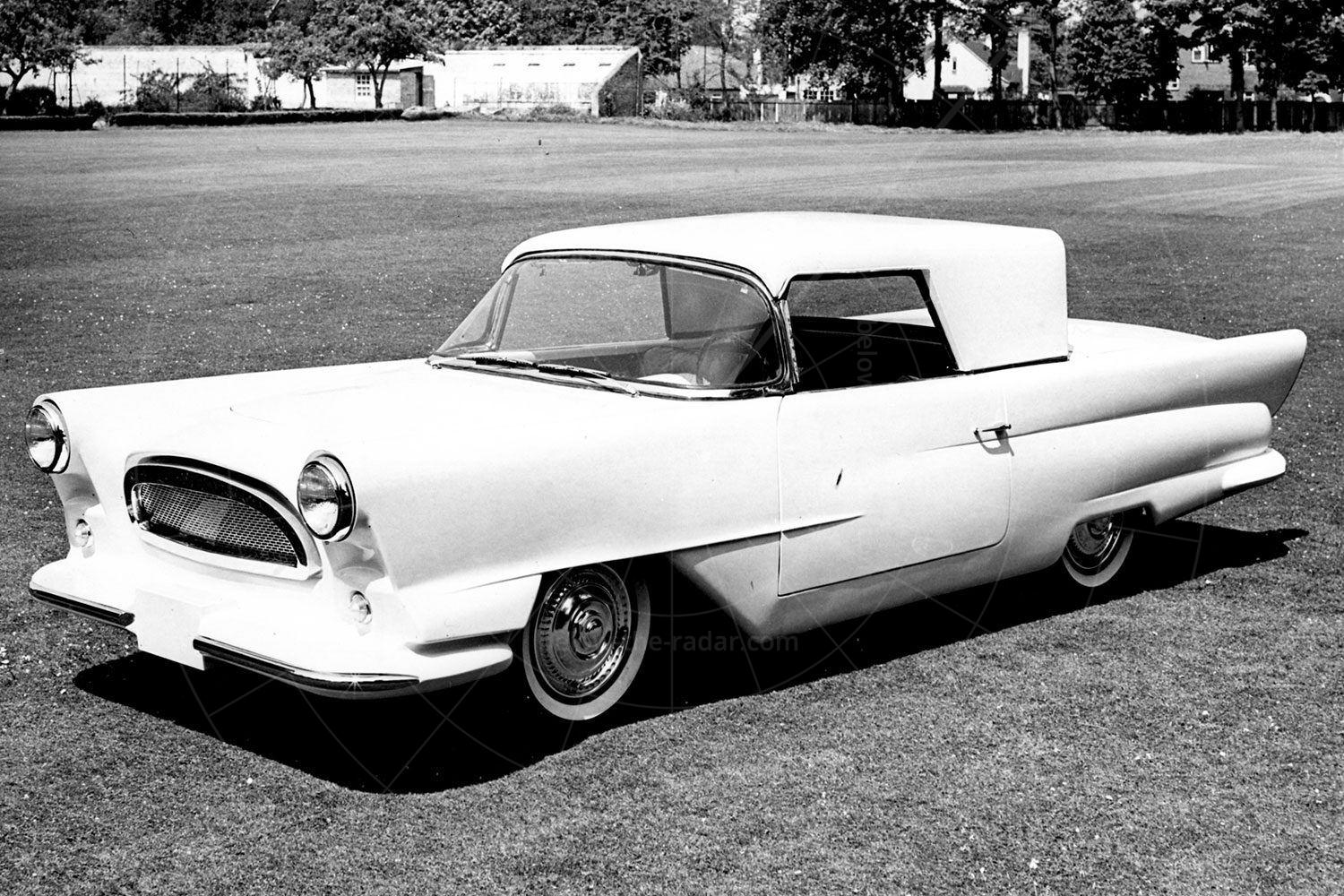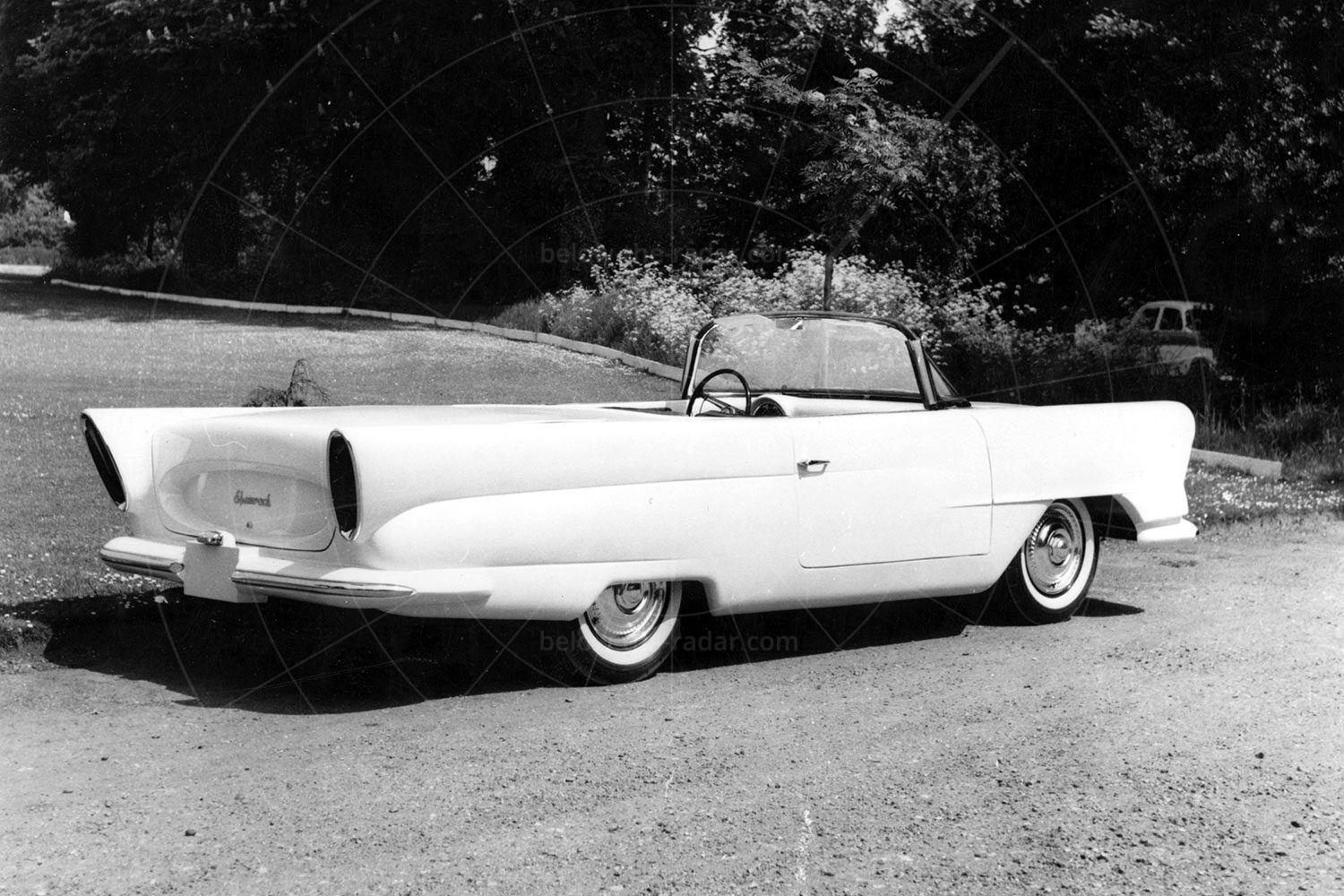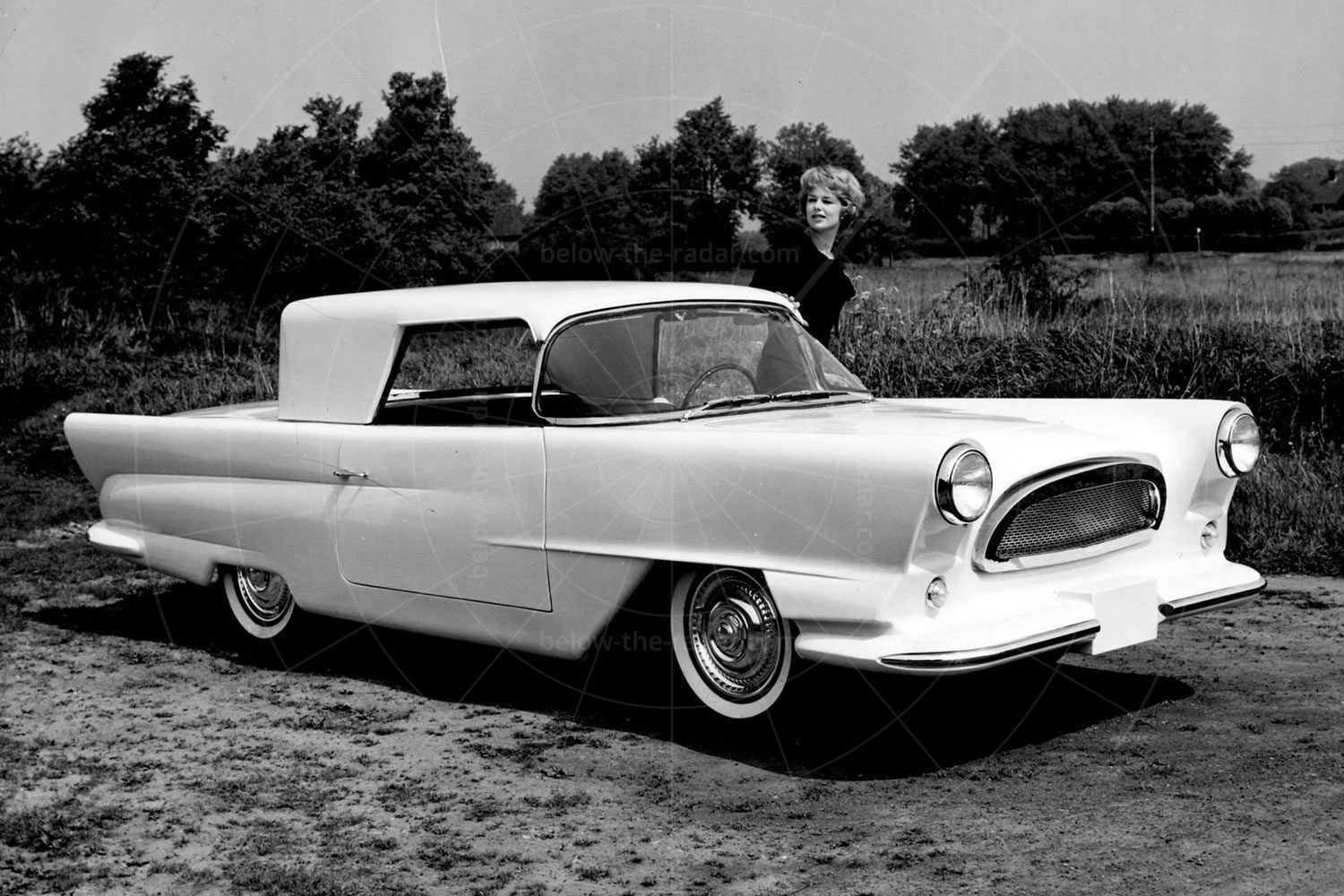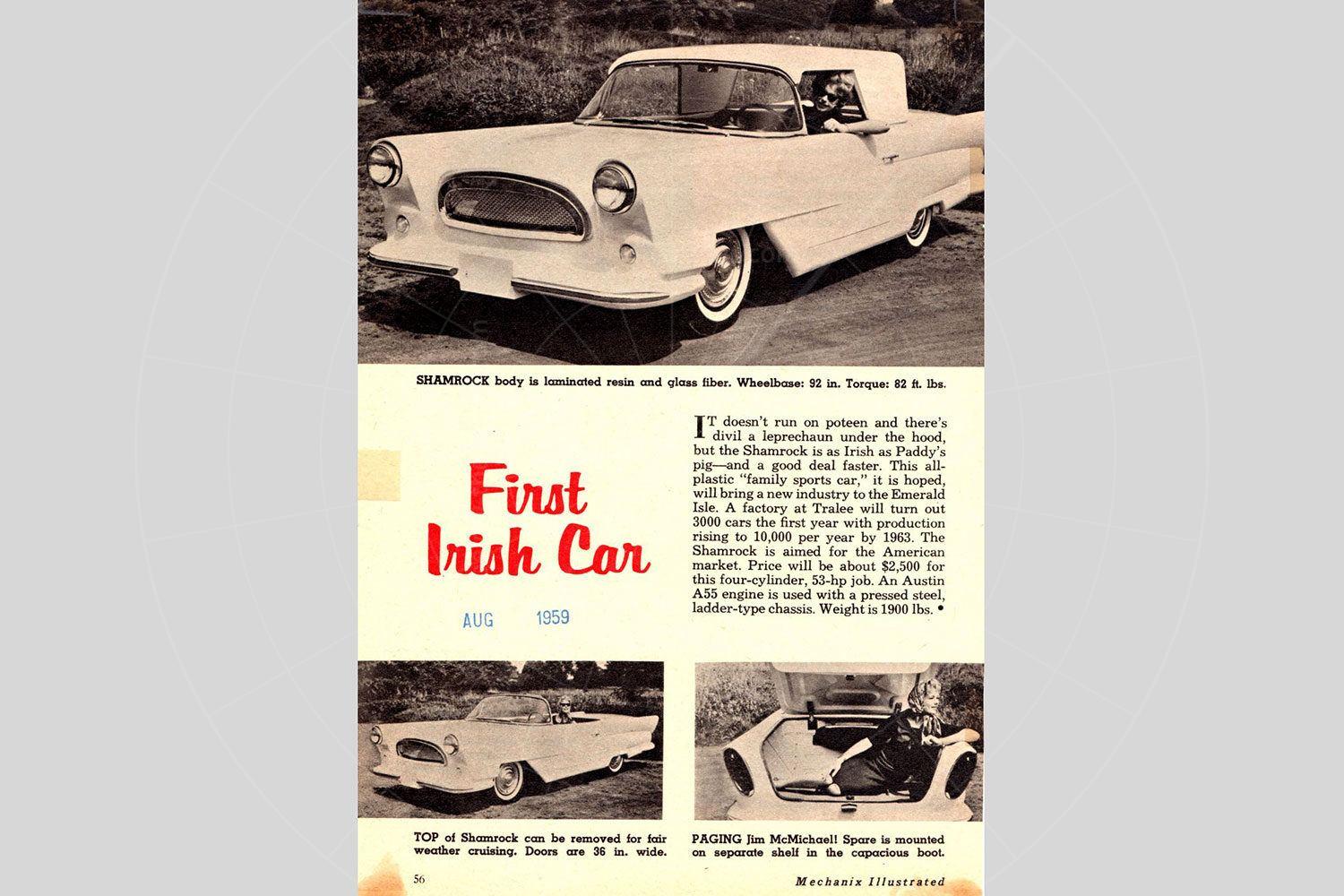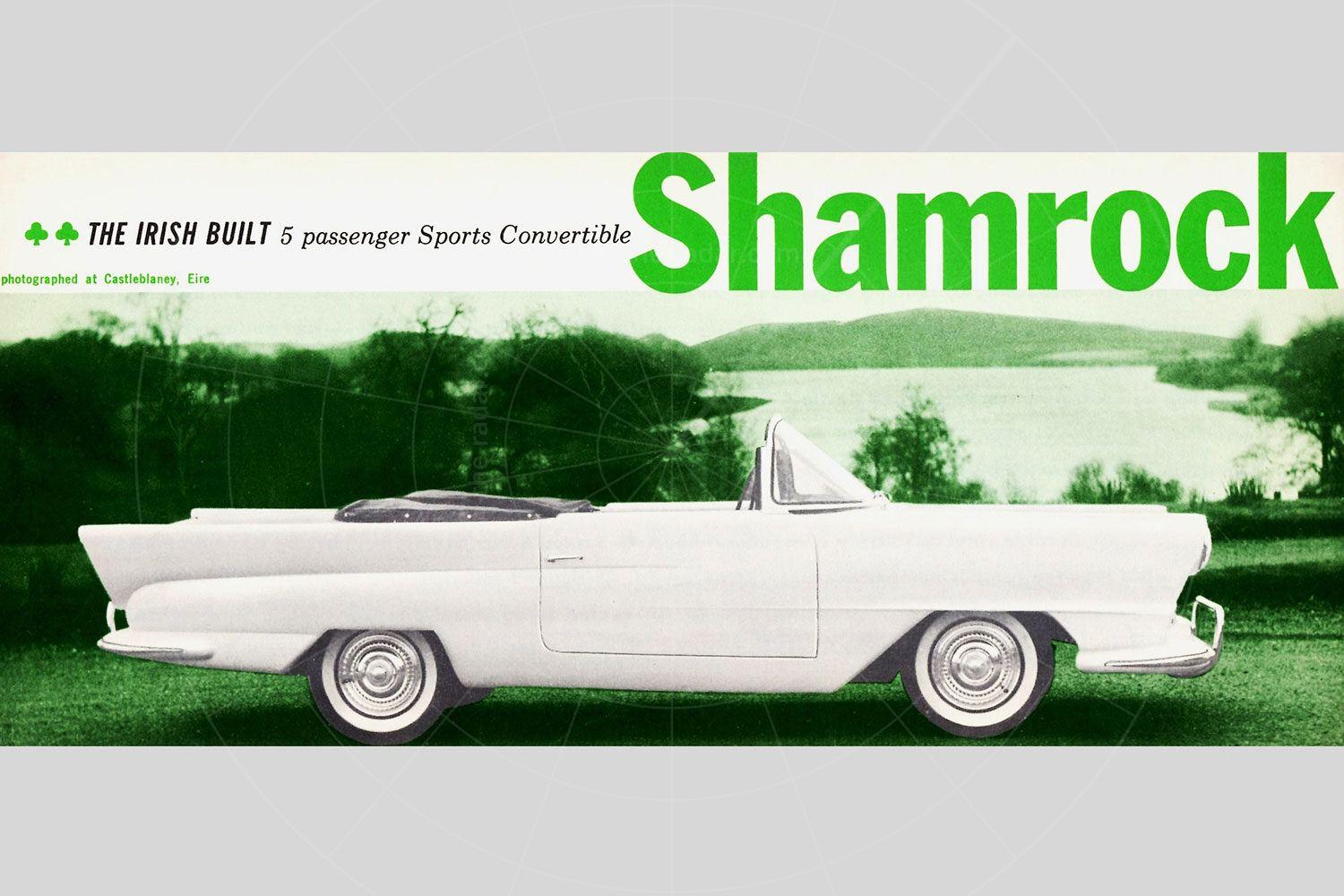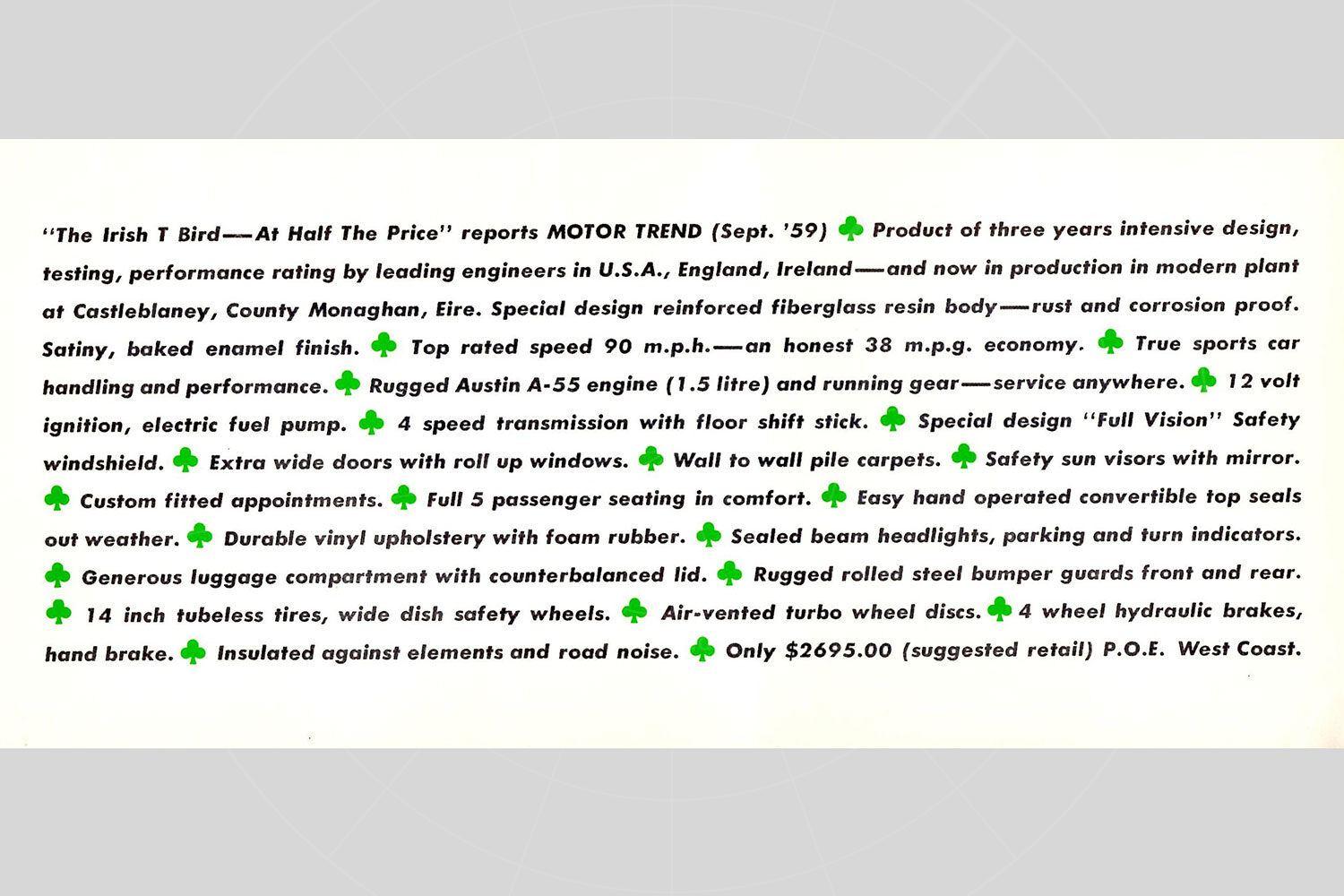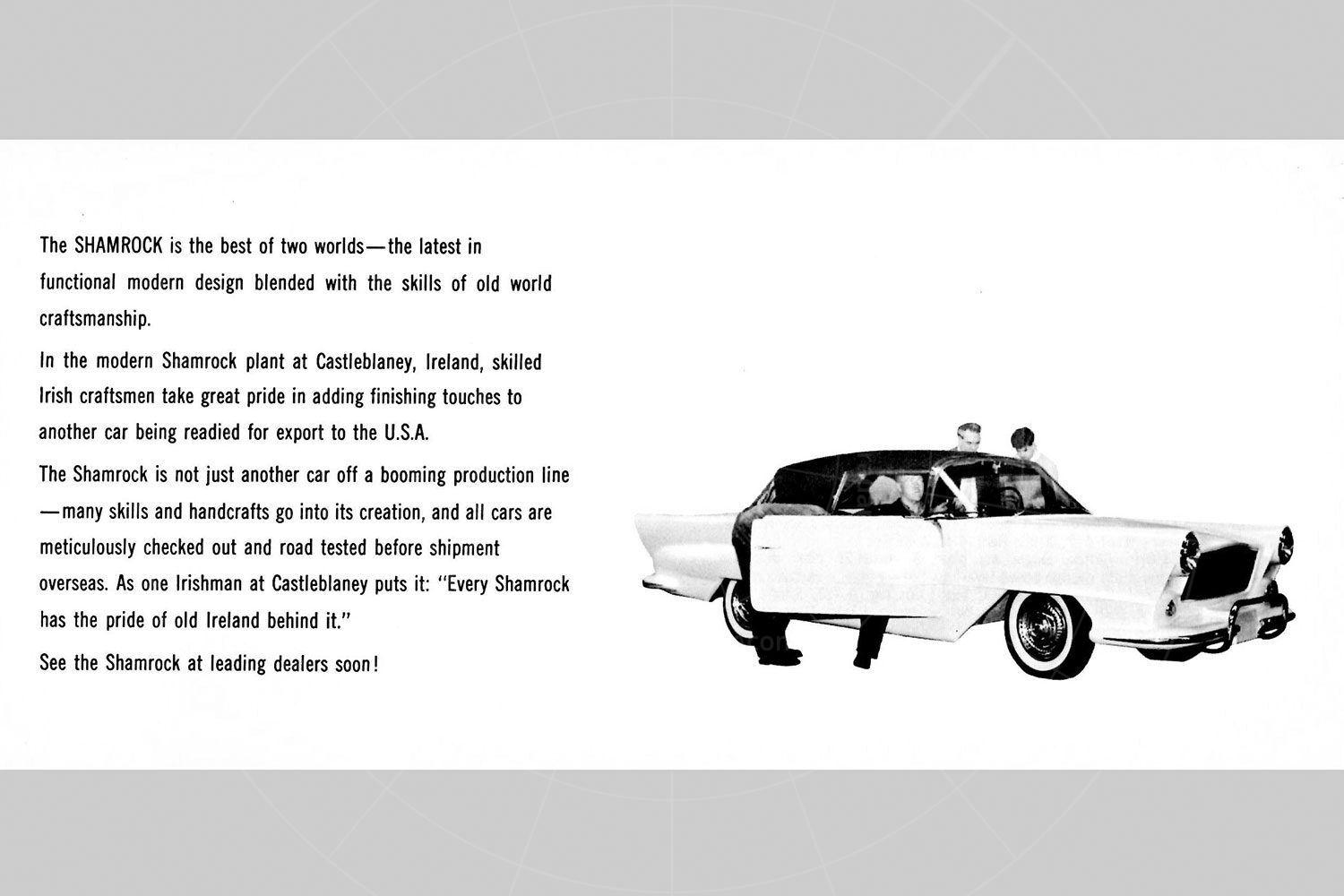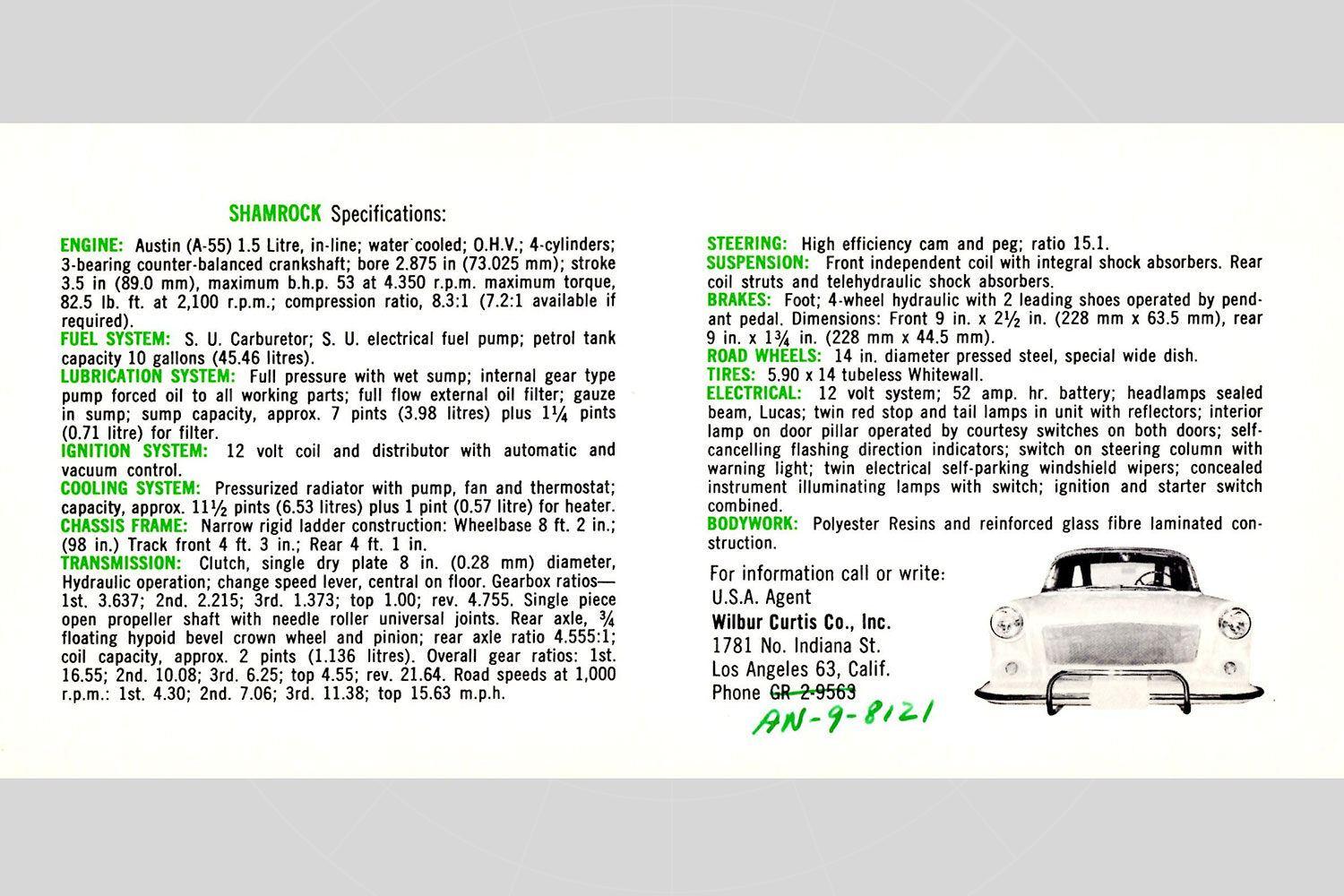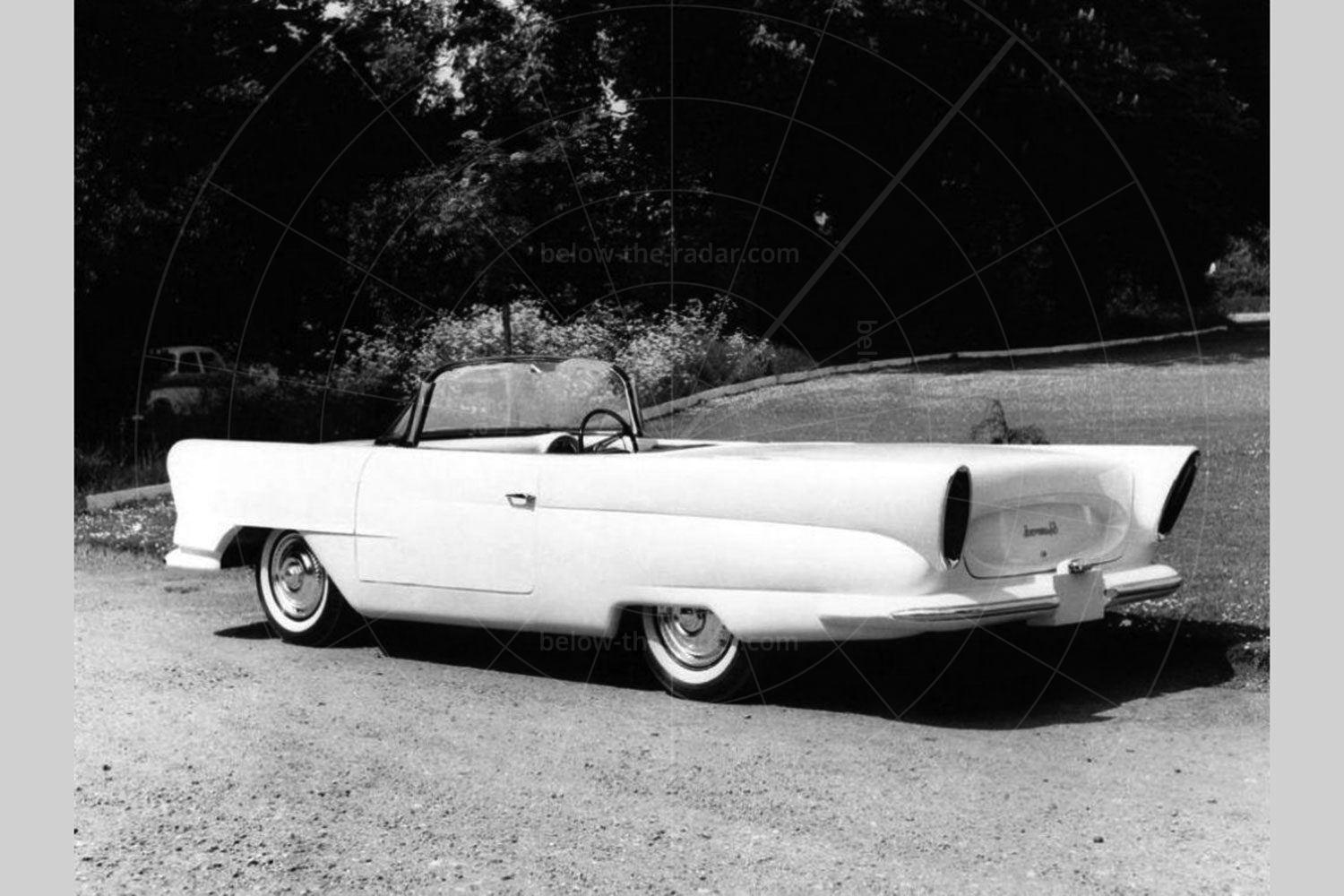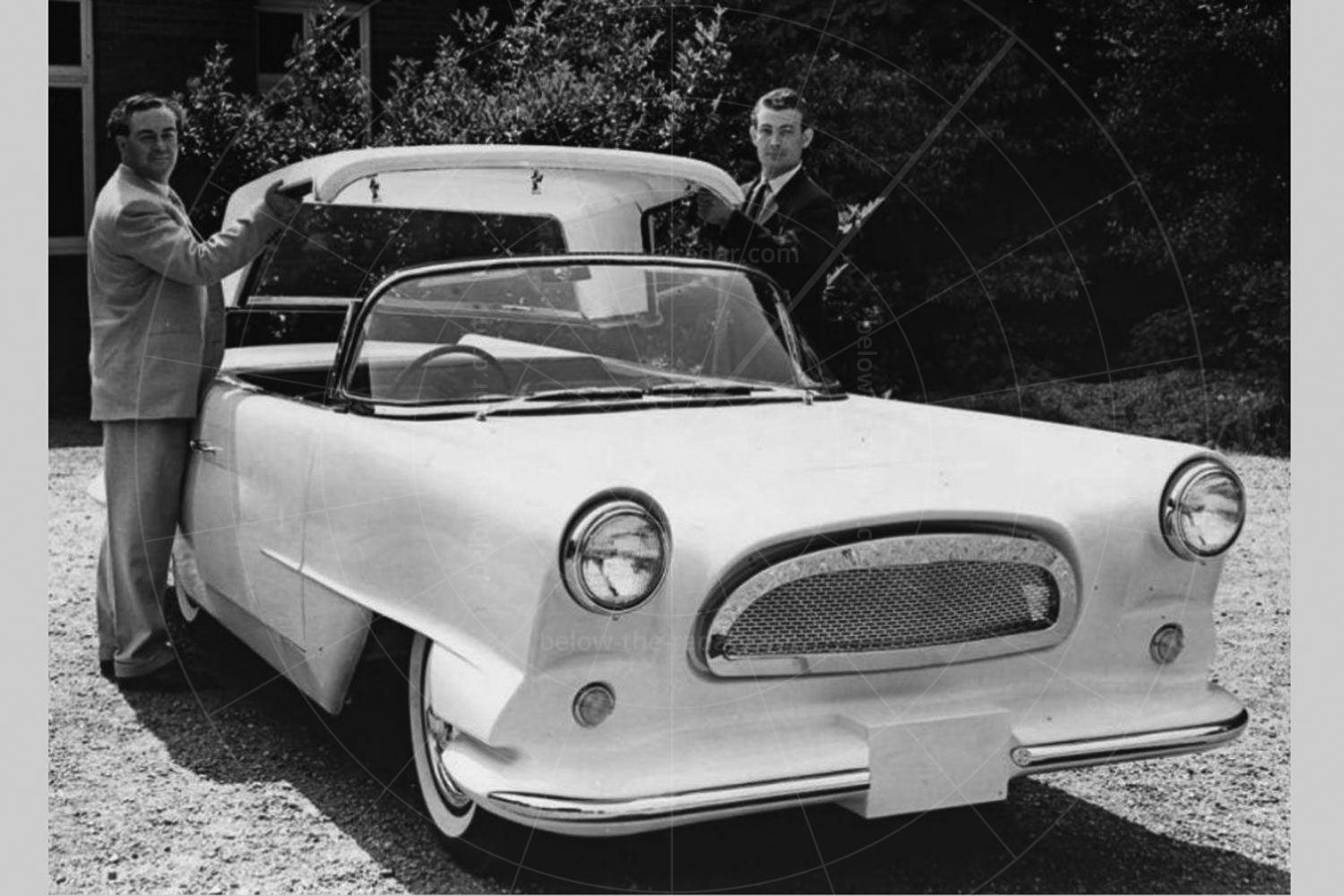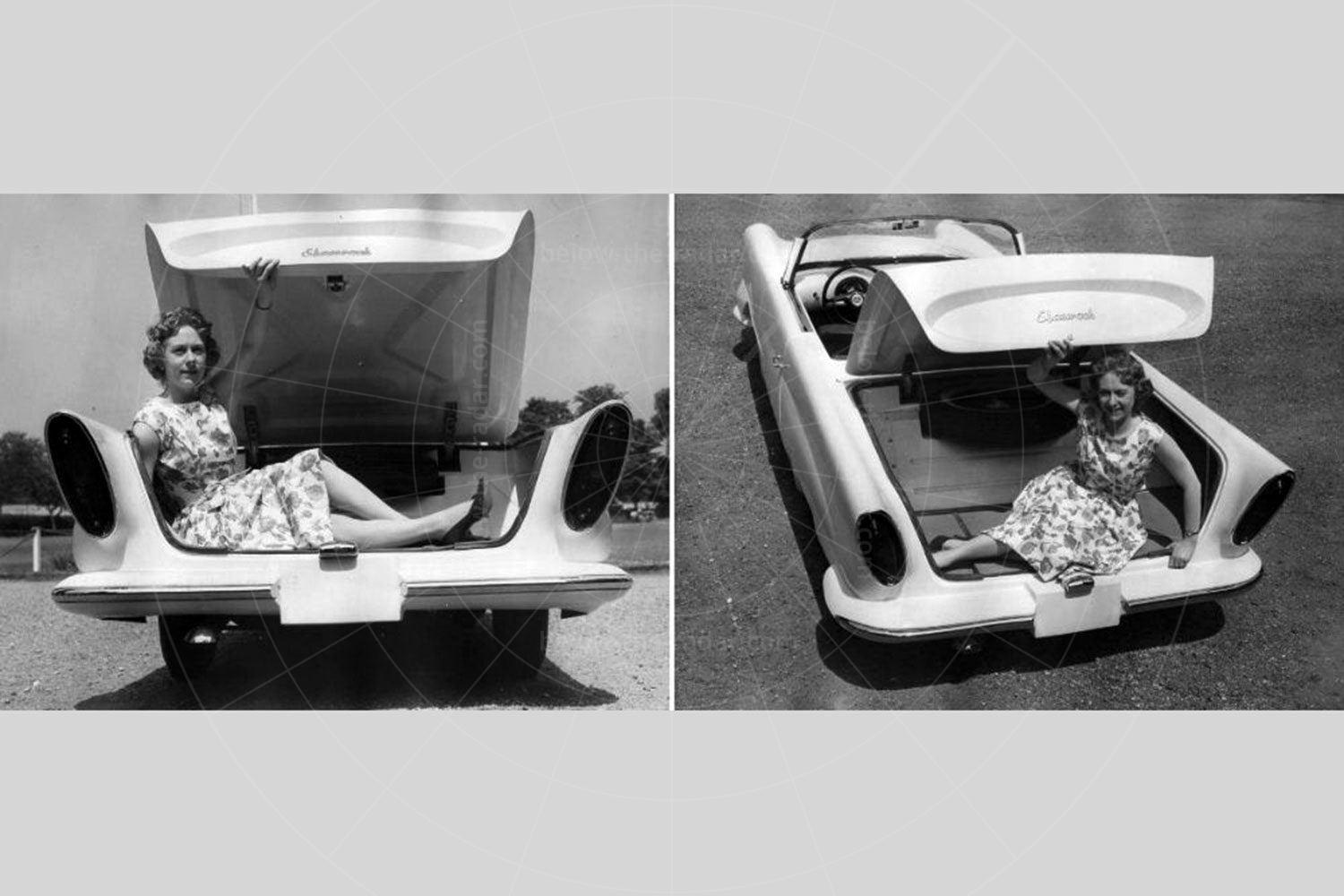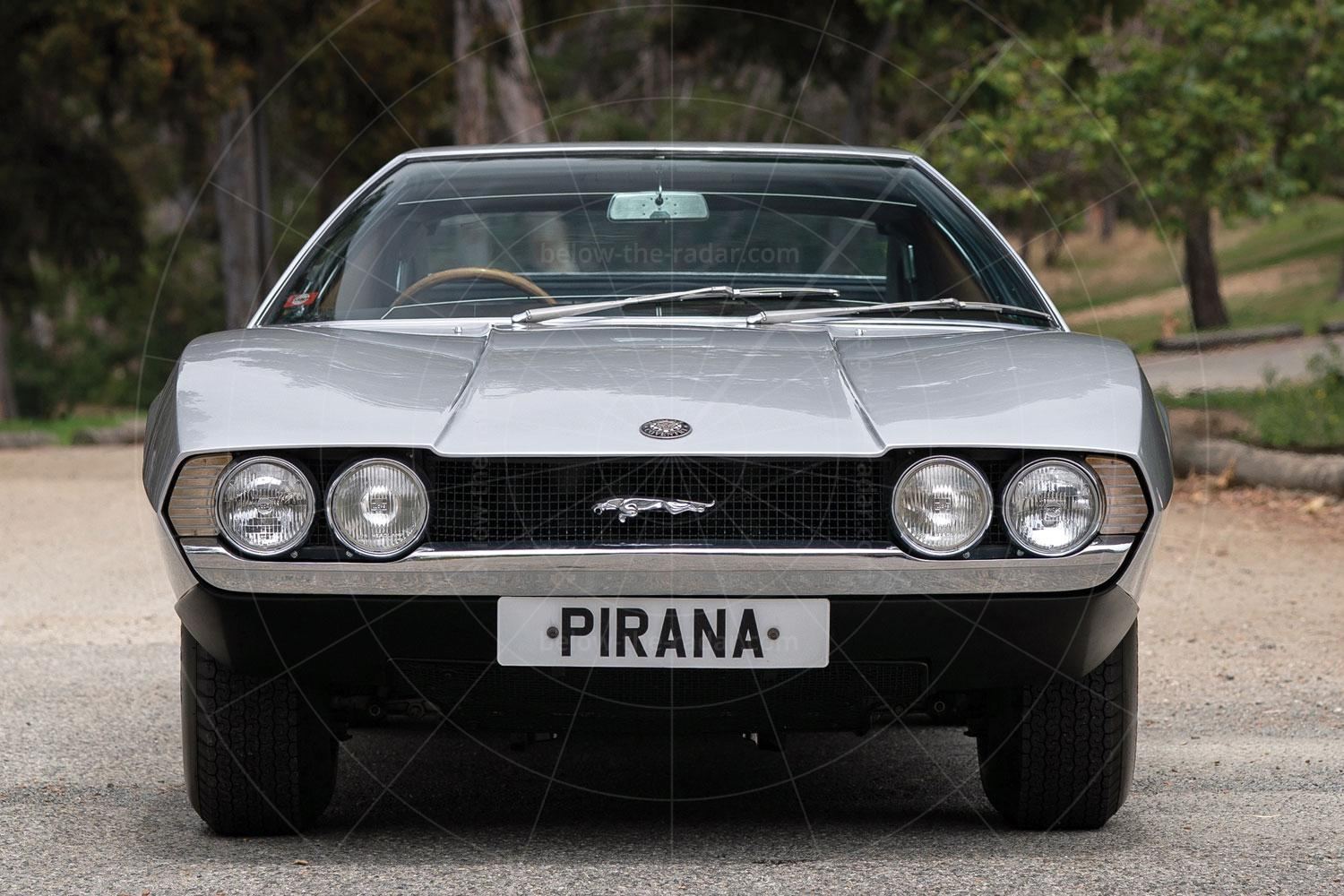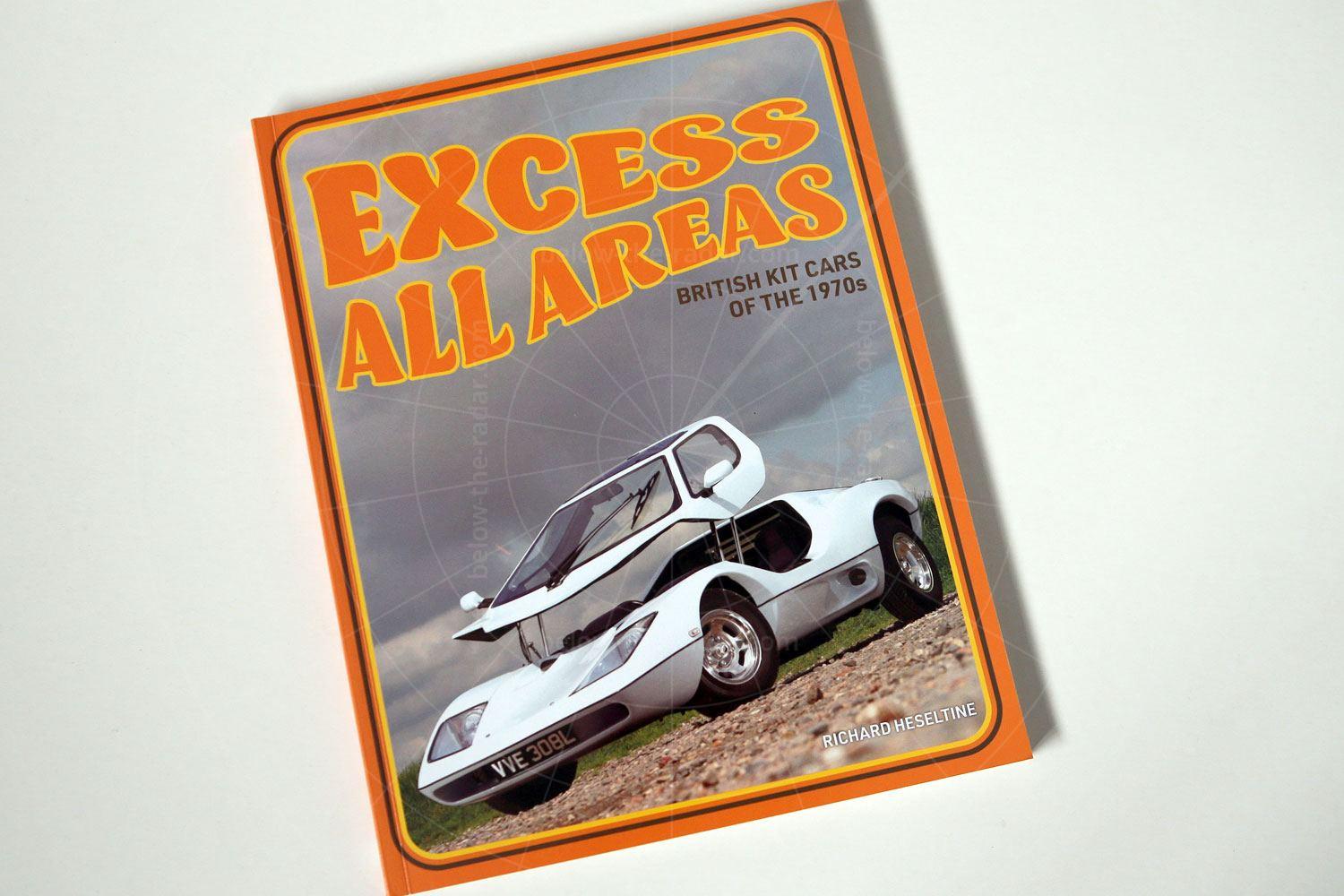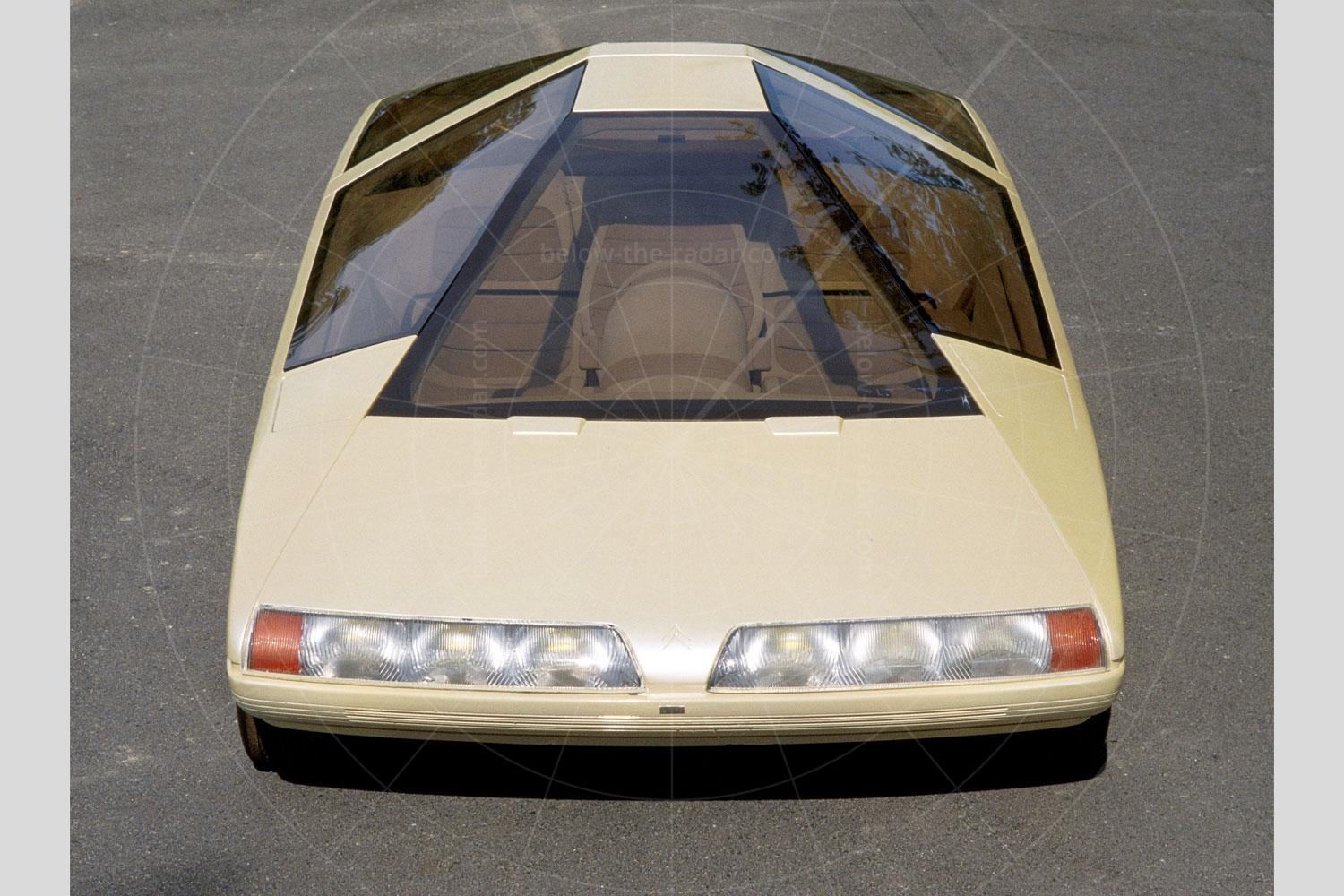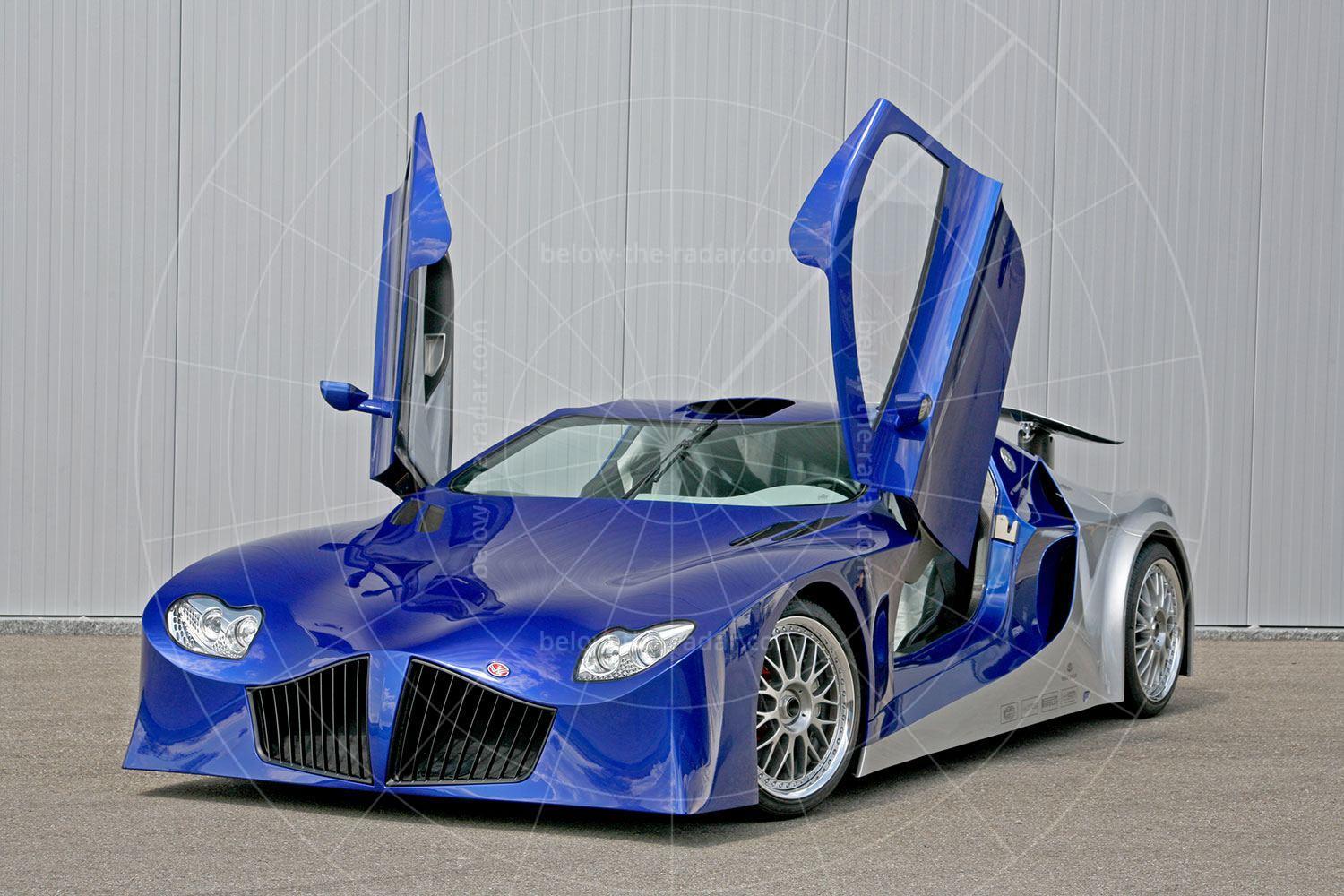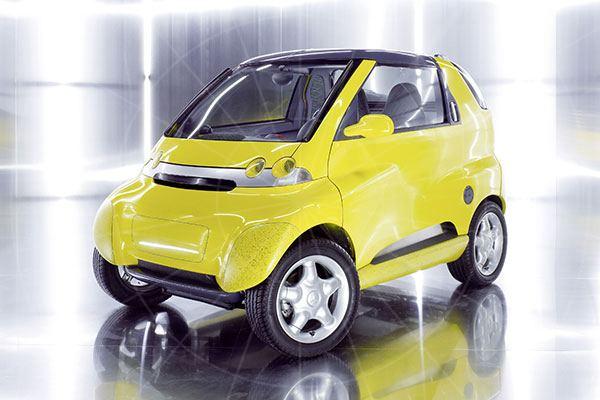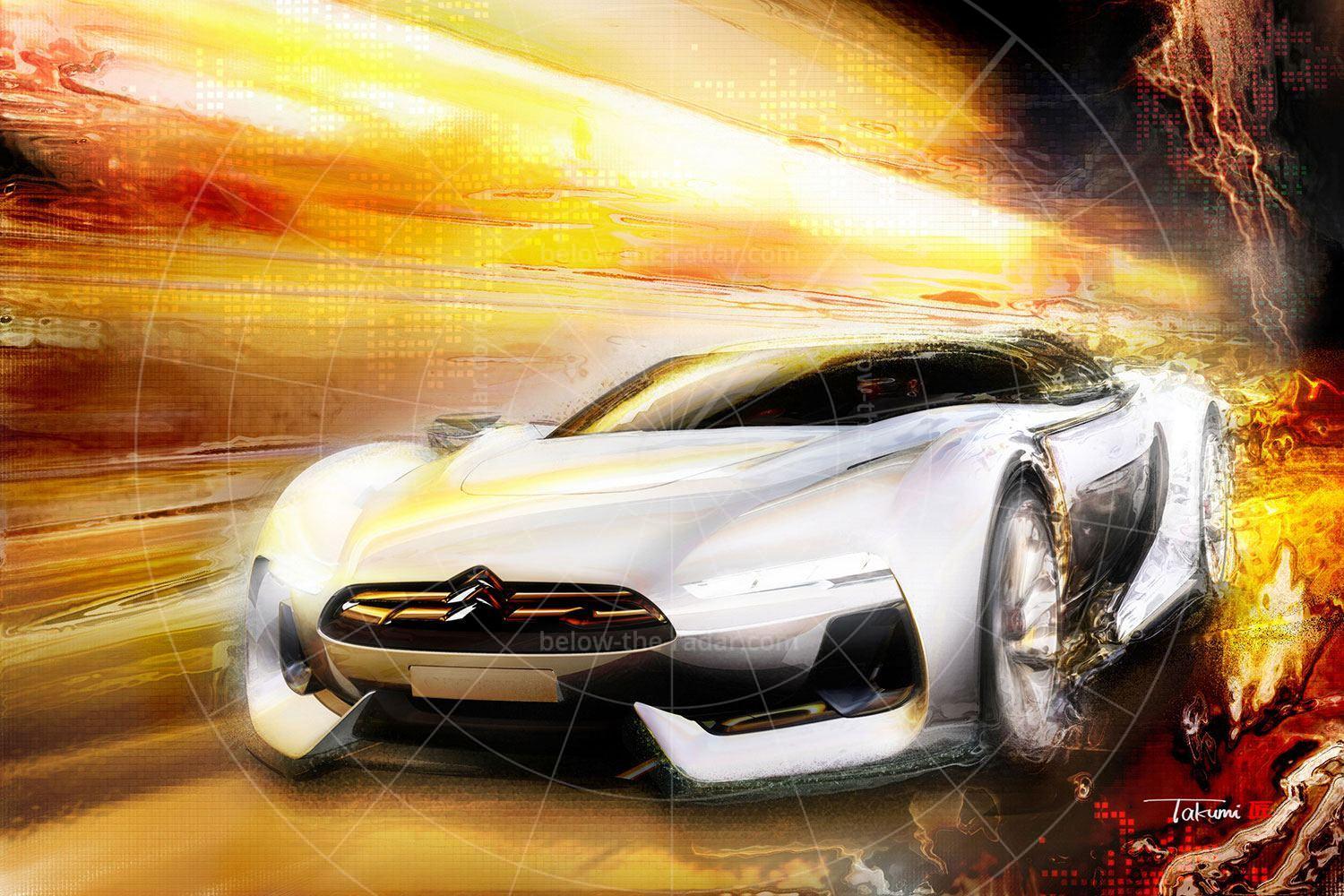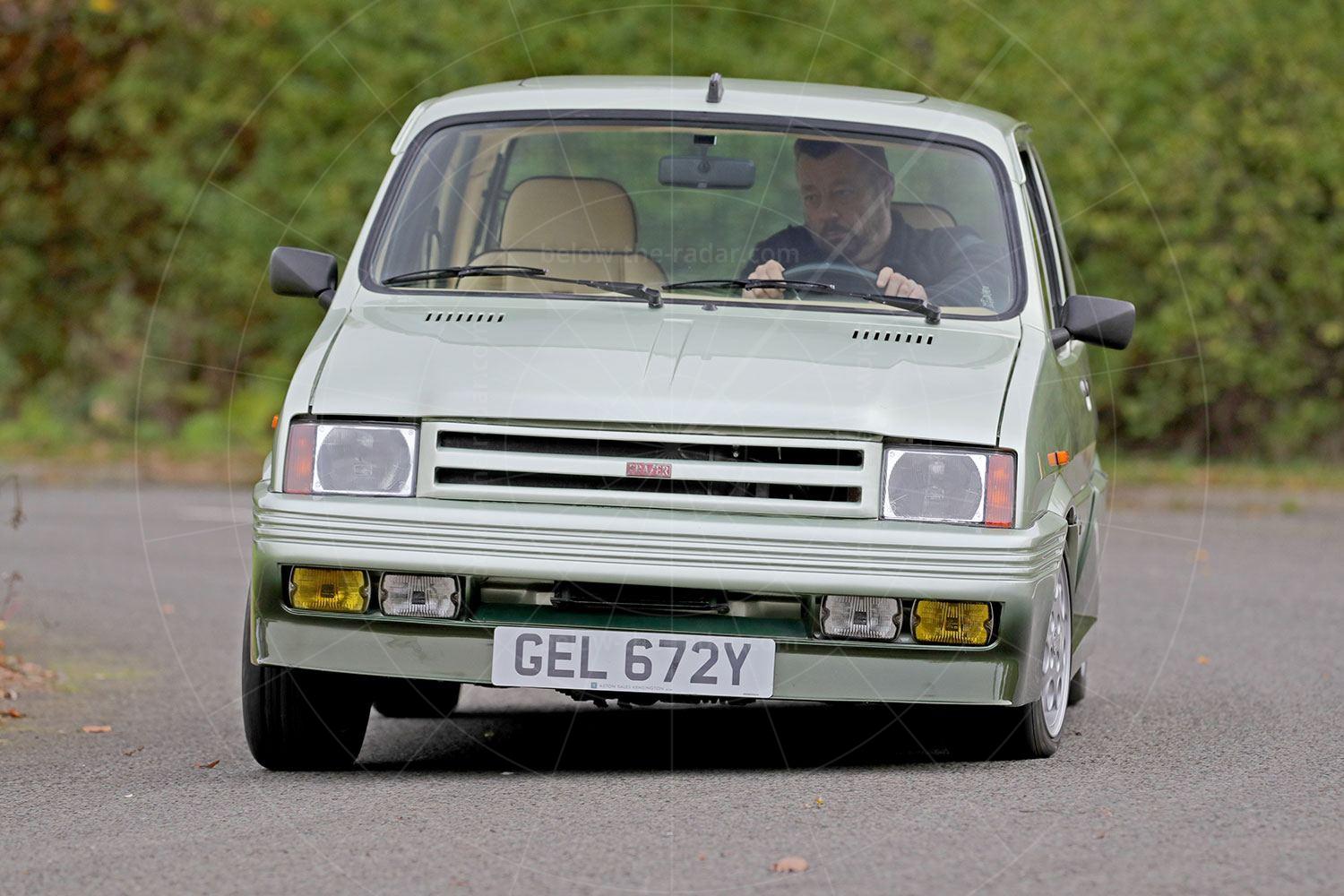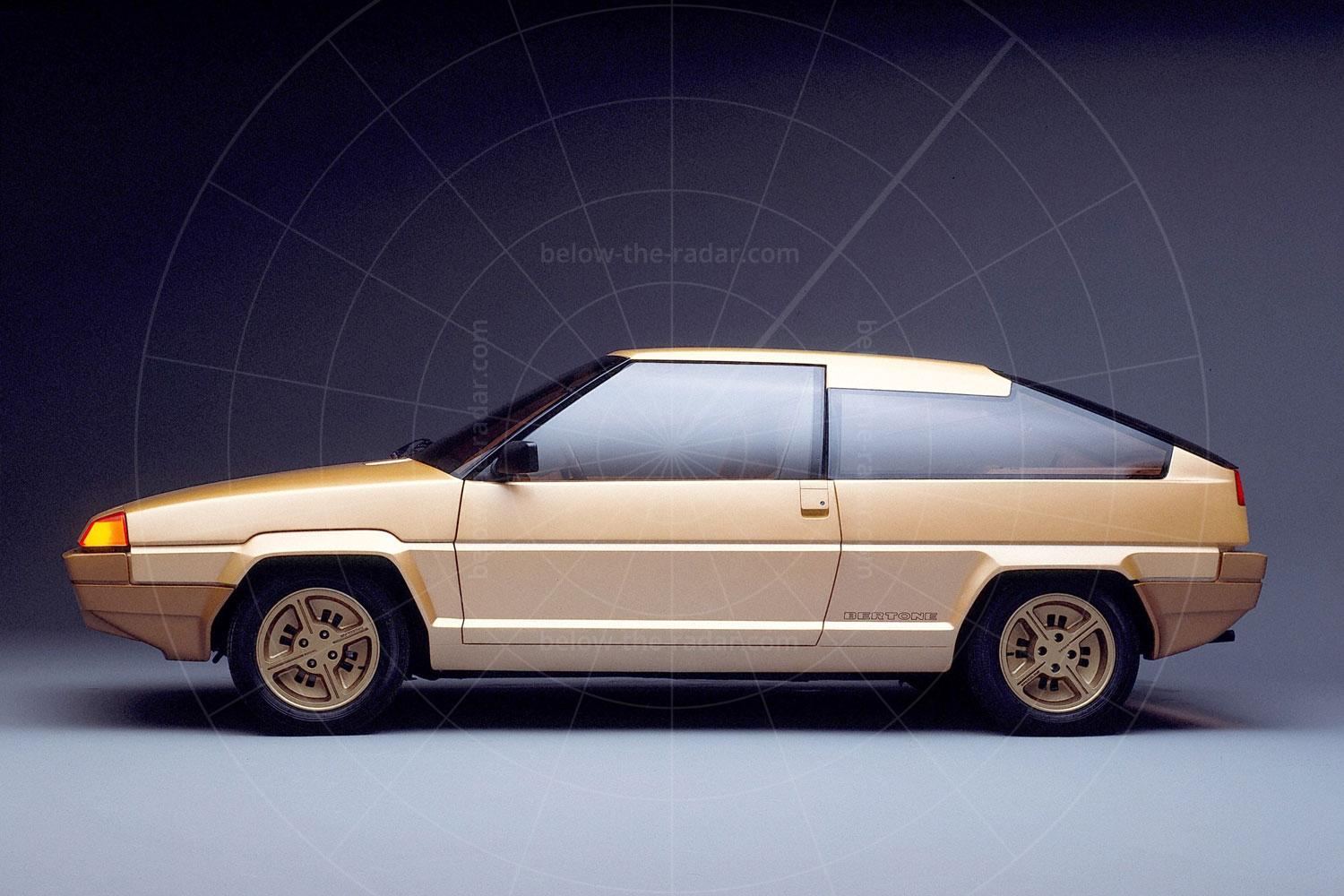When the plastic-bodied Shamrock burst on to the scene in May 1959 it offered the most extraordinary proposition. It was announced as a low-cost four-seater sports saloon that was "light, low and streamlined", and it was intended to be sold primarily in the US, although domestic sales were a distinct possibility.
Just the briefest glance at the Shamrock shows that its design was clearly inspired by the behemoths that were pouring out of American car makers' factories in the fifties. With its fins, generous overhangs and wrap-around windscreen the Shamrock had many of the styling cues of contemporary American iron, but the car looked like a caricature of those, thanks to its narrow track and seemingly short wheelbase. Of course what the car really lacked was acres of chrome-plated trim, which would have added to the cost and weight significantly.
The Shamrock was the creation of a wealthy young American industrialist called Wilbur* Curtis. He was of Irish descent and his wife was born in Galway, and in 1958 the two were on holiday in Ireland when Wilbur was disturbed by the high level of unemployment that was all too apparent. His coffee equipment business was doing well so he decided to spend some of its profits on creating a better life for some of those in Ireland who hadn't been as fortunate as him.
Curtis's plan was to set up a car manufacturing plant in Tralee, County Kerry, in the south west of Ireland. There was plenty of low-cost labour there, and a ready supply of cheap workshop space too, which would enable him to build his cars at a low price.
The design of the new sports saloon was entrusted to racing driver Alvin 'Spike' Rhiando, whose brief it was to come up with something that could use Austin A55 Cambridge running gear throughout, in a bid to keep purchase, running and maintenance costs as low as possible. The new vehicle would be aimed at Americans who were in the market for a second car, hence the emphasis on economy.
Before the design had even been settled upon, the car's name had been decided. It would be called the Shamrock to emphasise its Irish roots in a bid to appeal to Americans, and motive power would be supplied by a BMC 1489cc B-Series engine that drove the rear wheels via a four-speed manual gearbox. Such a small engine seemed woefully inadequate for a car that was almost 17 feet long, as the single-carb engine produced little more than 50bhp; a twin-carb version would have cost a little more, but the 73bhp that resulted would have provided significantly more sprightly performance.
Rhiando had an ace up his sleeve to overcome the power deficit: the use of a glassfibre bodyshell to keep weight down. Had the Shamrock been built of steel it would have tipped the scales at around 1350kg, but with its plastic panelling instead it weighed just 850kg or so. Of course the use of plastic bodywork also meant that rust wasn't an issue, while bodywork repairs were also straightforward as fresh panels could simply be grafted in with no welding required. Well, that was the theory anyway, while an abundance of curves in the panels helped to increase stiffness and therefore torsional rigidity. These were also enhanced through the fitment of an all-new ladder chassis, which featured coil spring wishbone front suspension, while at the rear there were coil springs, trailing arms and a Panhard rod.
A prototype Shamrock was built in Guildford and unveiled to the press on 13 May 1959 in East Molesey, in Surrey. Standard fare was a folding canvas roof, but a glassfibre hard top was available to keep the car's four occupants sheltered from the elements. The Shamrock was greeted with much interest in the UK before it was shipped off to the US to be exhibited at various motor shows and to be reviewed by the press, who reported that the car was projected to be priced at $2495.
While the Shamrock was cutting a dash in America, Curtis was trying to get production under way in Ireland. He had looked at factory capacity, investigated shipping the cars across the Atlantic and even increasing the size of the harbour at Fenit, to the west of Tralee, so that bigger ships could dock, to transport as many Shamrocks to the US as possible. There seemed to be little in the way of enthusiasm for Curtis's project from the movers and shakers in County Kerry though, and throughout 1960 things went very quiet.
Then at the end of 1960, Curtis announced that the Shamrock was still alive and well, but the cars would now be built in Castleblayney in Co. Monaghan, in the north east corner of Southern Ireland. A fresh Guildford-built prototype was unveiled and developed, and Curtis announced that things were back on track, although it was now unclear whether he was still aiming for the 10,000 cars per year that had been his previous target.
Then it all started to unravel, with the newly introduced Austin A55 Cambridge rapidly losing popularity in America, while the dealers that had been recruited lost interest too. It seemed that Curtis's dream was over before it had even begun, although a handful of Shamrocks were built in the Castleblayney factory before the project was wound up. Predictably, nobody knows how many cars were built but it's rumoured that maybe 10 complete cars left the factory along with a couple of dozen bodyshells (all left-hand drive), just two or three of which crossed the Atlantic. One of these found its way into the Harrah collection but was then later sold on into private hands. One running car is in the hands of its long-term owner in Ireland (who reckons just eight Shamrocks were made in all), and it's rumoured that there are several uncompleted cars in various garages and barns scattered around Ireland.
Even though the Shamrock project was dead by early 1961, Curtis tried to breathe new life into it by promoting his car in the US throughout that year. He claimed to have secured an order for 600 cars at the end of 1961, but nothing came of it and the factory remained closed, with the Shamrock by now just a footnote in automotive history. It seems that Curtis had money and enthusiasm, but one thing he didn't have was the luck of the Irish.
*The founder of Shamrock is almost always referred to as William Curtis, and this article originally did so. But fellow motor noter Sam Skelton alerted me to the fact that on the back of the brochure the company refers to the Wilbur Curtis Company, which suggests that he wasn't called William. Not only this, but Sam also pointed out that when Curtis died in 1987, his obituary in the New York Times also referred to Wilbur Curtis, rather than William Curtis. Despite his name seemingly being Wilbur, virtually all reference sources talk about William Curtis...

